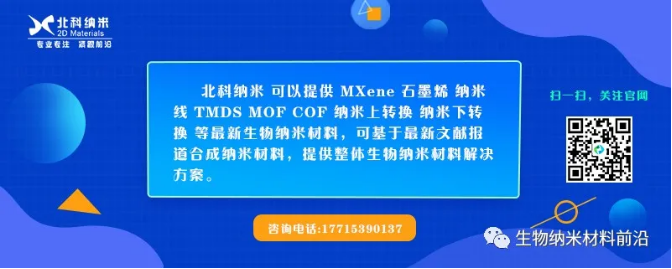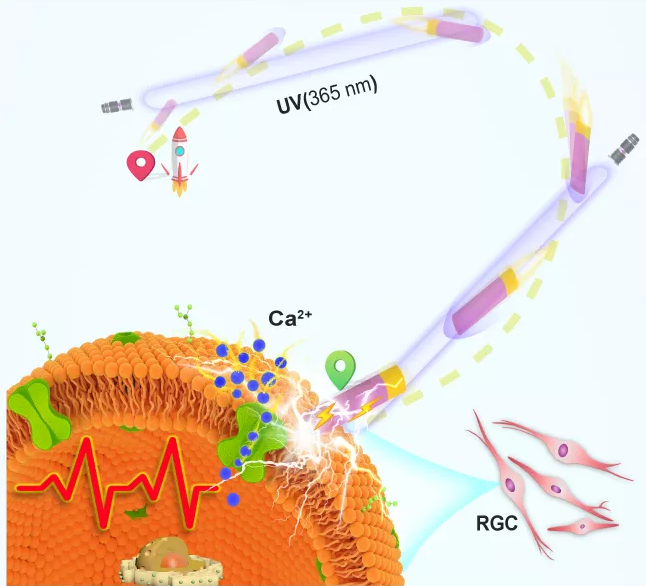Peng Fei/Tu Yingfeng AFM: Light-controlled micro-nanomotors precisely regulate the activity of retinal ganglion cells

The team of Associate Professor Fei Peng from the School of Materials Science and Engineering of Sun Yat-sen University and Professor Yingfeng Tu from Southern Medical University have made new research progress in the field of micro-nano motors that precisely regulate the activity of neuronal cells. The result of the study is titled "Photoelectrochemical TiO2-Au-Nanowire-Based Motor for Precise Modulation of Single-Neuron Activities", which was published in the international scientific journal Advanced Functional Materials (DOI: 10.1002/adfm.202008667) (IF=16.836) published online. This article mainly develops a motor-based nerve stimulation strategy, which represents a new method to accurately and non-invasively transmit bioelectric signals and regulate neuronal activity.

Visual impairment and even blindness have always been a major issue in medical treatment. The assisted activation of retinal ganglion cells (RGCs) contributes to the restoration of visual signal transduction circuits. According to reports, electrical stimulation generated by artificial photoreceptors can excite cells by opening calcium channels. However, the current artificial photoreceptor materials are bulky and require surgical implantation. Invasiveness is an inevitable major problem, which limits their application in organisms. In view of this, there is still a lack of a non-invasive and highly controllable method in the field of neurostimulation.
In order to solve this problem, the team cooperated and successfully constructed and demonstrated that a TiO2-Au nanowire (NW) motor driven by UV light (365 nm) uses inherently generated photocurrent to achieve high-precision activation of the target RGC. Under UV light irradiation, through the synergistic effect of photoelectric effect and photochemical water splitting, the self-electrophoresis mechanism of the motor under the photoelectrochemical reaction establishes a local electric field on the entire TiO2-Au NW motor. By adjusting the direction of the light, the motor can be driven to target the target RGC cells with high precision. The photocurrent generated by the motor is then transmitted and successfully activated the RGC cells, thus realizing the signal transmission between the cells and the nanowires. Due to the small size and flexibility of NW and good semiconductor performance, the TiO2-Au motor effectively achieves nerve stimulation. The application of highly controllable motors also represents a new method of connecting the nervous system with superior temporal and spatial precision. We have proved for the first time that the motor’s photoelectric conversion ability, in addition to providing driving force, can also generate bioelectric signals to regulate neuronal activity, which is important for achieving precise, non-invasive biosignal transduction and communication with biological systems significance.
The School of Materials Science and Engineering, Sun Yat-sen University is the first unit of this article. Graduate student Chen Bin is the first author of this article. Professor Daniela A. Wilson of the University of Nijmegen participated in this research and is the co-author of the paper.
18915694570
Previous: small: NIR activated m


